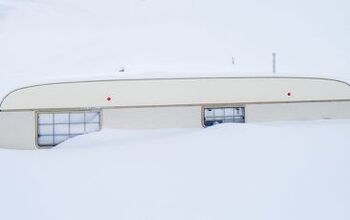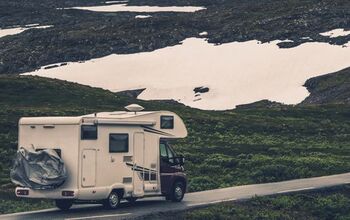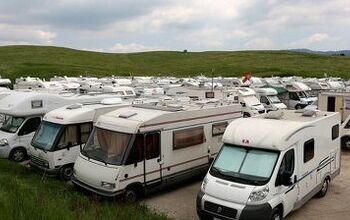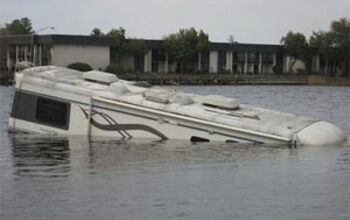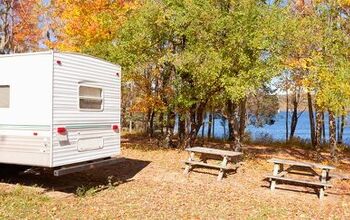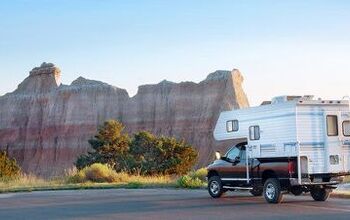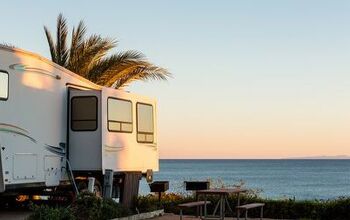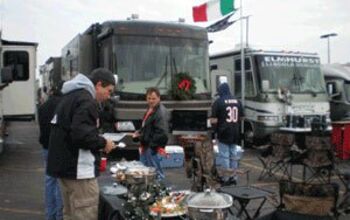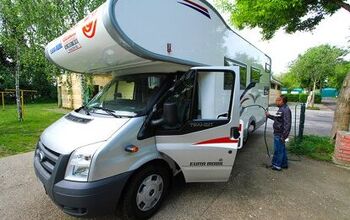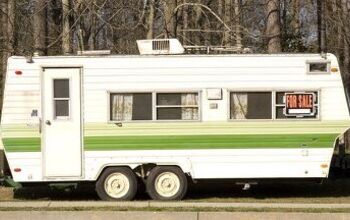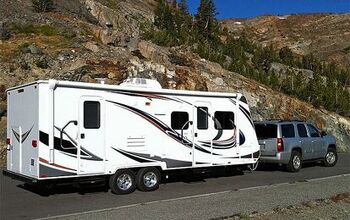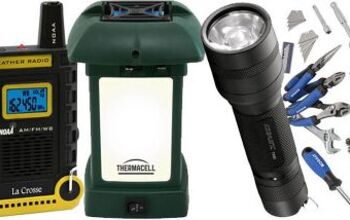Interview with Winnebago CEO Robert Olson
Below is an interview from the Associated Press with Winnebago (NYSE: WGO) CEO Robert Olson. Winnebago has endured a rocky-road the past 12 months. Their stock closed today at $12.12, up from their 52-week low of $3.14
Q: It’s been a torturous couple of years for your industry, a 55 percent decline in shipments in the past year alone. Tight credit, high fuel prices and job losses hit you and your competitors hard. What has it been like?
A: I think you’re going to be hard-pressed to look at any recession this industry has had where you’ve had 10 manufacturers go out of business. They’ve physically shut their doors, sold their assets and they’re done. You’ve also got four other manufacturers who have filed for bankruptcy protection. Some of those are really big names in this industry.
Q: You’ve had to cut total number of workers by nearly 50 percent to around 1,700, close factories, make other cuts. Is that what enabled you to get through it?
A: We learned a long time ago that you always carry a war chest of cash in reserve and we did that again. We’re still at a point, even being in this recession for about 24 months, where we have no debt. We think that’s a very important part of our success.
Q: If the economy is beginning to recover, are you able to capture some of the customers who might have bought from former competitors?
Right now we’re just about 19 percent of the market and we’ve picked up some.
A: They are typically in the 62- to 65-year range, although that range is starting to widen. I think one of the reasons why it’s so important for us to doll up our models a little bit more is to go after that younger customer. Next year when we talk, maybe that range will be 60 to 65. That’s the reason why we are looking at something other than just a conservative type RV.
You can’t lose sight of the fact that projections are that until 2030 you’re going to have 350,000 baby boomers per month joining our potential customer base.
You also have people living longer. We’ve got customers out there like at last year’s annual rally of Winnebago motor home owners, a guy was 87 years old and he was dickering on a coach.
Q: Any other factors that might have an impact on sales?
A: What I’m really excited about is that 2004 was one of the biggest years this industry has seen in volume. Our average trade-in cycle is four to six years. So we’re right in the heart of those people wanting to trade their used coaches off for something new.
The whole market is starting to grow. Three years ago we had an African American RV club camped here and the Hispanic demographic is starting to grow.
One thing about it is, you’ve got my generation and even my kids’ generation, their parents took them camping, they took them to the lake and they sat around a campfire. A lot of people now look to gain a simpler life. They’re looking at wanting to share those types of memories with their kids.
A: I grew up in Osage. I was born and raised there. I went to school there, graduated from Osage High School. I’m very proud of my Iowa roots. My wife and I raised two children in Forest City, my daughter is 37 and my son is 34. As for my parents, my dad was a mechanic and worked at a Chevrolet garage in Osage when he was younger. He became a gas transport truck driver for a local oil company. My mom was a nurse’s aide and a cook at Osage Community Hospital.
Q: How did your career path an Winnebago Industries lead you to the CEO’s office?
A: I started working here Aug. 6, 1969. I was going to work for three to four months to earn money to go to college. I remember it like it was yesterday. The first day I started I was scared to death. My job was to install windows in our motor homes. One thing led to another. You can switch jobs within Winnebago and it’s like being in a different factory and I’ve taken advantage of that.
My education was at the university of Winnebago. I’ve taken a lot of extra courses targeted toward the individual field I was in at the time. I’m a certified practitioner in production inventory control, for example. I got my break in the materials side of the business. It allowed me not only to see the material side but to interact with much of the manufacturing side. I then got the opportunity to move into manufacturing. I ran both the fabrications support areas and the assembly side of it, so I’ve seen all sides of the business and now I’m getting an education in sales, engineering and planning.
It’s gone extremely well.
Q: Do you have a motor home?
A: Not yet. I will say I’m in the process of building a shed right now and it was built around having a motor home. That is the plan, when I do retire. You can’t be in this industry and tout the beliefs of it and the memory-making part of it and not do it when you’re done. Both my wife and I are looking forward to the day we get to do that.
Also, one reason I don’t have one is because I can use one anytime I want.




